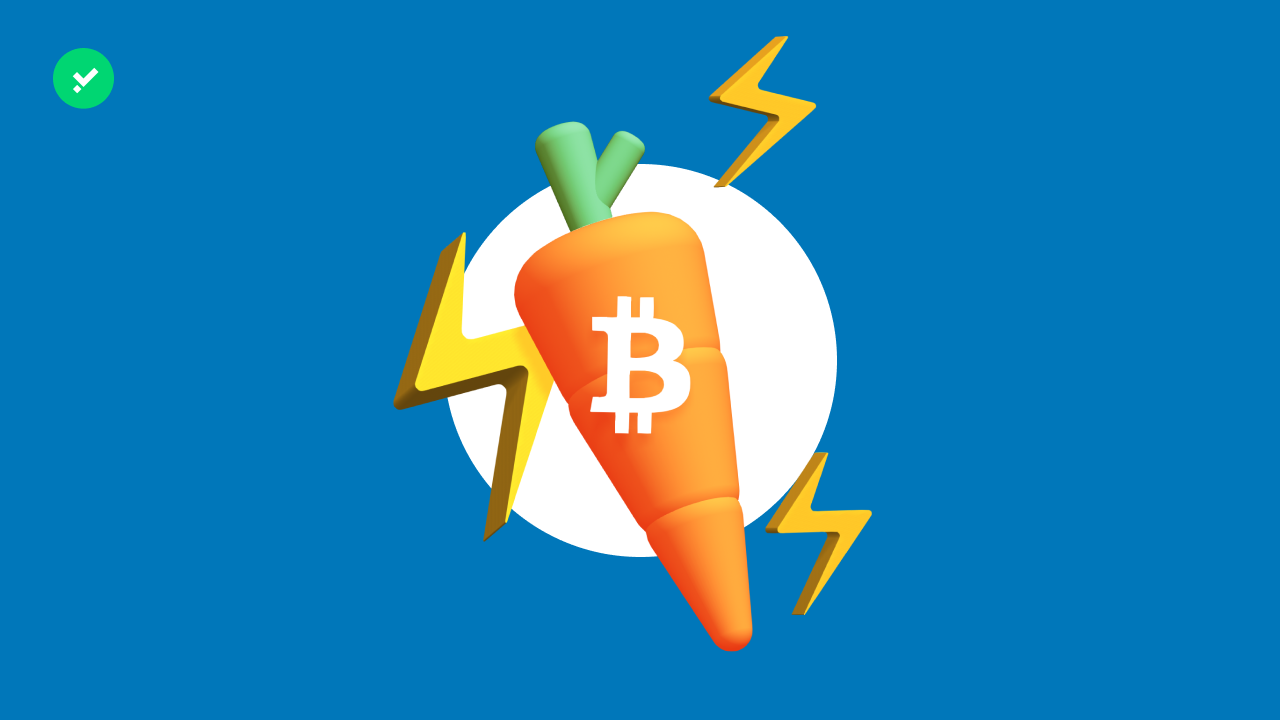Stablecoins are arriving on Bitcoin thanks to the Taro protocol. What is it and how does it improve BTC’s blockchain?
Would you like to be able to take advantage of the security of the Bitcoin network to make and receive stablecoin payments? You will soon be able to do so, thanks to Taro! The 28th of September 2022 saw the release of the alpha version of Taro Daemon, an open source project developed by Lightning Labs that will allow digital assets to be created on the Bitcoin blockchain. What is Taro? An acronym for “Taproot Asset Representation Overlay”, Taro is a protocol built using Taproot, the most recent Bitcoin update, activated on the 14th of November 2021. The latest news about Bitcoin? Stablecoins are coming!
The problem to be solved: paying in Bitcoin must be cheap and fast
Bitcoin was created to enable peer-to-peer value exchanges in a fully decentralised system. The title of Bitcoin’s whitepaper is, ‘Bitcoin: A Peer-to-Peer Electronic Cash System’, i.e. a system with which to conduct transactions in a completely decentralised manner. With time, however, the so-called ‘digital gold’ has been less and less used as a trading currency and people have started to consider it a store of value. The reason for this lies in the intrinsic characteristics of the first cryptocurrency in history: Bitcoin’s core network is not very scalable.
When we talk about scalability within the Web3 world, we refer to increasing the speed of transactions and decreasing their cost. The more scalable a network is, the faster and cheaper transactions can be processed. In its early years, Bitcoin’s blockchain was quite scalable due to its low network congestion that did not slow down exchanges. This situation changed over time, and Bitcoin’s network became less and less efficient in these terms. This was due to the incredible popularity it has enjoyed in recent years, hence the increasing number of transactions to be handled and the resulting congestion of the network.
As is shown by the scalability trilemma, one of the most famous theorems for blockchain technologies, it is not possible for a network to be fully scalable, secure and decentralised at the same time. Each blockchain is driven to find a compromise to achieve all these qualities without sacrificing one specifically. Despite being a benchmark for security and decentralisation, Bitcoin has some weaknesses in guaranteeing the scalability of its network. However, the world of Web3 is constantly evolving: ecosystems and developers are always ready to offer innovative solutions. One of these is the Lightning Network, a Layer 2 of Bitcoin founded in 2016, which relies on the main blockchain and improves it in terms of scalability. The Lightning Network is able to process millions of transactions extremely cheaply, as opposed to Bitcoin’s main network, which only reaches a maximum of 7 transactions per second. In short, the Bitcoin Lightning Network groups a series of transactions into ‘packets’ that are then recorded on the Bitcoin network instead of processing each transaction one by one. For these reasons, using the Lightning Network has become advantageous for paying in Bitcoin. So far, nothing new! Lightning Labs has a new protocol in store to further improve the transfer of value on the BTC blockchain. Let’s talk about Taro!
What is Taro and what is it used for?
Despite the great innovation given by the Bitcoin Lightning Network, the issue of volatility remains to be solved. Indeed, the price of BTC does not remain stable over time but is subject to market fluctuations. This could create some headaches both for users who want to pay in Bitcoin and for companies that might use them for their employees’ salaries in the future. Or for shops that accept cryptocurrency payments. Taro comes into play to solve this problem. But what is Taro? It is an open source protocol built by Lightning Labs that will enable the creation and use of digital assets, specifically stablecoins, on the Bitcoin blockchain. These digital assets will be either fungible tokens, the equivalent of what ERC-20s are for Ethereum, or non-fungible tokens (NFTs).
But how will Taro be able to create assets on Bitcoin’s blockchain? The creation and exchange of assets will be possible thanks to the Taproot upgrade, activated in 2021, and the data structure called Merkle Trees. Merkle Trees are a type of data structure that can store a lot of information and therefore easily prove their existence and veracity.
Today, digital assets such as tokens only reside on other blockchains due to easier implementation, lower transaction costs or greater scalability. Taro aims to change the current status quo. Taro’s ultimate goal is to transform Bitcoin into a multi-asset network. These assets will be able to be transferred on the Bitcoin network through on-chain transactions. Furthermore, tokens built through Taro will be able to be transferred instantly, at low cost, onto the Bitcoin Lightning Network. Is this an early preview of Bitcoin’s opening up to DeFi? It is expected that most of these tokens will be transferred to the Lightning Network, especially the stablecoins to which Taro attaches the greatest importance. This is also evident from their communication on social networks.
The slogan that appeared on Taro’s Twitter profile is ‘bitcoinising the dollar’. In other words? Let’s bring the practicality of fiat currencies to the Bitcoin blockchain! This mission could help make the fundamental point of Bitcoin’s white paper come true: to allow exchanges of value without intermediaries in a fully decentralised system. With the activation of the Taro protocol, users will be able to hold both stablecoins, cryptocurrencies pegged to the dollar, and BTC on their wallets as well as being able to use both to make payments. The Lightning Labs team has not yet announced when the Taro update will be activated, but the entire Web3 world is buzzing. Who knows if one day Taro will also allow the creation of DeFi ecosystems or play-to-earn games on the most famous and long-lived blockchain ever.



